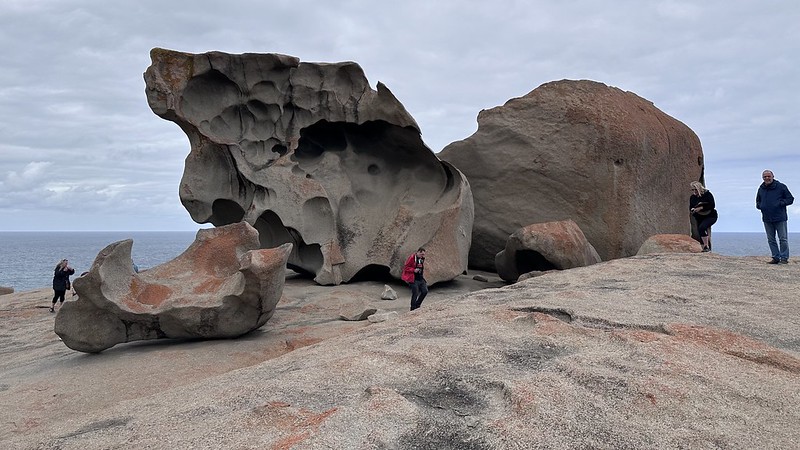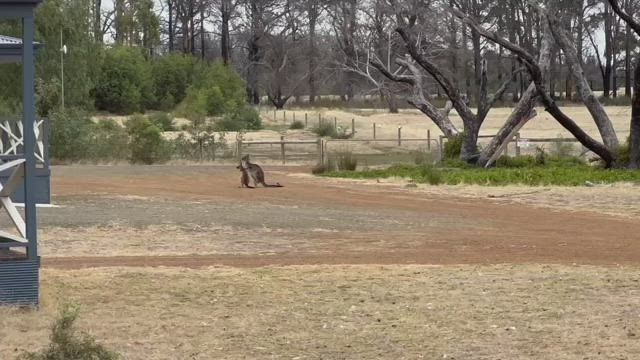Kangaroo Island 2023
[Originally sent as email travelogue, Thursday, March 2, 9:56 pm Australian Central Daylight Time; Wednesday, March 1, 3:26 pm Pacific Standard Time.]
Monday, February 27
(NOTE: We have spent three days in Sydney between Brisbane and Kangaroo Island—but, we will spend another three days in Sydney this coming weekend, and I will later send a couple of travelogues about our time there (both related to World Pride and non-related) after the second weekend is done.)






Tuesday, February 28














Wednesday, March 1












Tuesday, February 28















Wednesday, March 1







